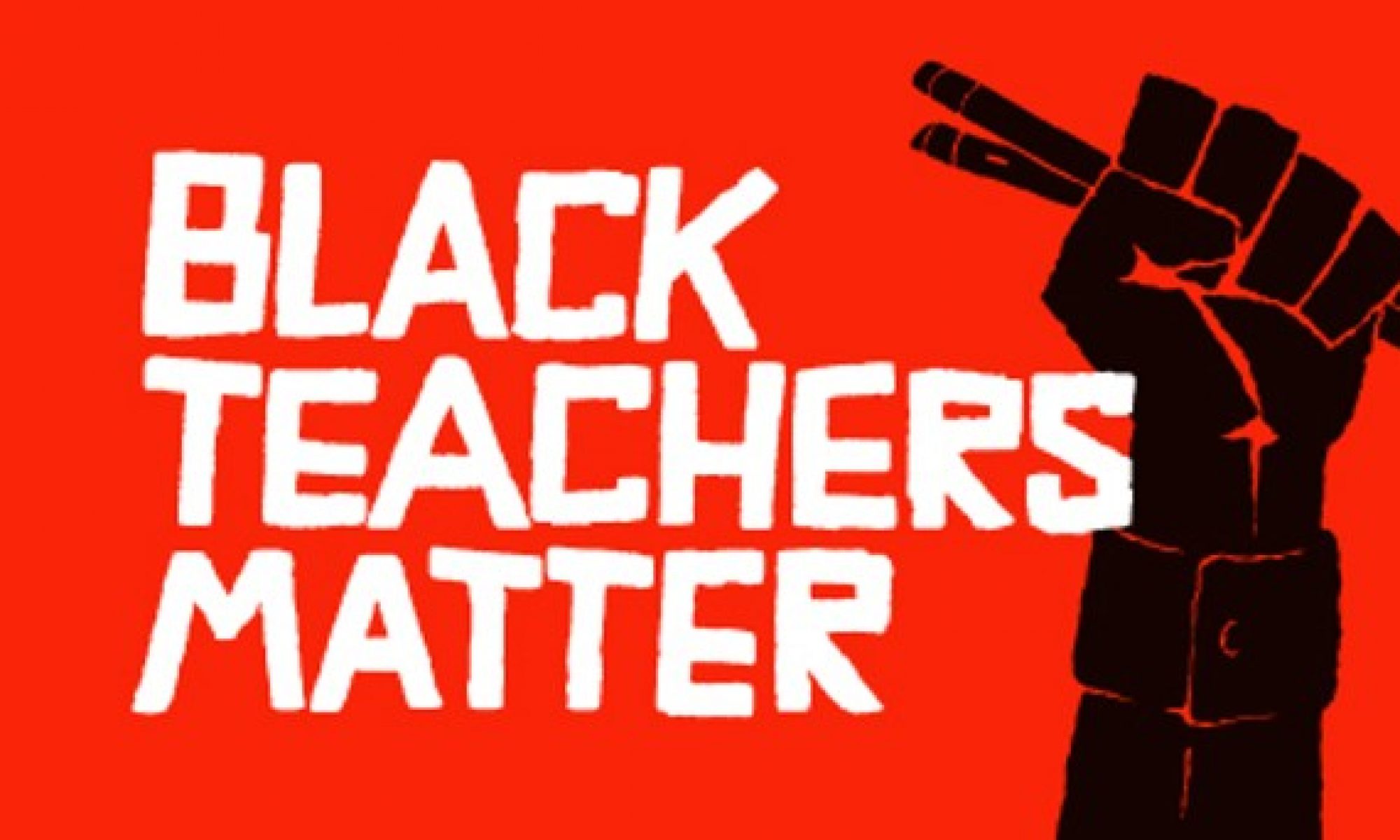TESOL Standard 1.a Language as a System: Candidates demonstrate understanding of language as a system, including phonology, morphology, syntax, semantics, pragmatics, discourse varieties, aspects of social and academic language, rhetorical registers, and writing conventions.
The artifacts I chose for this standard are a mini-lesson from ESC 725 as well as part of a lesson from my EdTPA. Standard 1.a hones in on the knowledge that a teacher brings in to the classroom, and details the connection between content and ELLs language acquisition. I chose to showcase the second segment because I feel it best illustrates how “language is a system, including syntax and morphology”. All of the vocabulary that I select for the week comes from reading(s) that my students will conquer. By reteaching the same vocabulary words every day allows my ELLs experience words in proper rhetorical registers, giving them access to a purposeful language.
For this particular lesson, students were in the midst of reading Dragonwings, a high-level book that was a challenge even for my native speakers, mainly because of the strangeness of the setting and the high level of academic vocabulary. I had taught the same book the previous year, and I was having difficulties pre-teaching the vocabulary, with the intent of having the words stick in students minds as they encountered them in the reading. According to Literacy in Context, “When teachers pre-teach vocabulary, they introduce unfamiliar terms to students before they begin to read the text, and students have a heightened awareness of the vocabulary that they will encounter while reading.” (Miller and Veatch, 2011, p.19) So, in an effort to make my teaching more learner-centered, I worked with my co-teacher on creating exercises that we would be day-specific and connected to 5-8 words that students will encounter not only in the text, but in academic settings in general.
In short, on Mondays, we teach the words. Students will copy down the word and definition in an organizer. By keeping the first day simple, with only teacher modeling, the students feel little-to-no pressure; they only have to write. I find that when my ELLs only have to listen and copy, they are able to increase their focus. Tuesday through Friday, students will increase their participation, from expressing examples and non-examples of the new vocabulary words to comparing them to each other to, finally, partaking in a summative assessment.
Along with the explicit teaching of the new vocabulary words, I also place the words on the wall. By having a visual of the words, students who may be absent for any particular lesson can access the information at their own pace. Beyond its pure pragmatic function, having an active “word wall” is evidence that my classroom is a place of learning and collaboration.
The journey of developing a method to pre-teach students of all levels academic vocabulary helped to cement a true partnership between my co-teacher and myself. I am so focused on content, content, content, that the nuts and bolts of the education process sometimes gets placed to the back burner. Moreover, because I am considered the lead teacher, my co-teacher might feel as if she is not an integral player in the classroom. Creating this exercise proves that we are true partners in the classroom and allows our strengths to shine.


